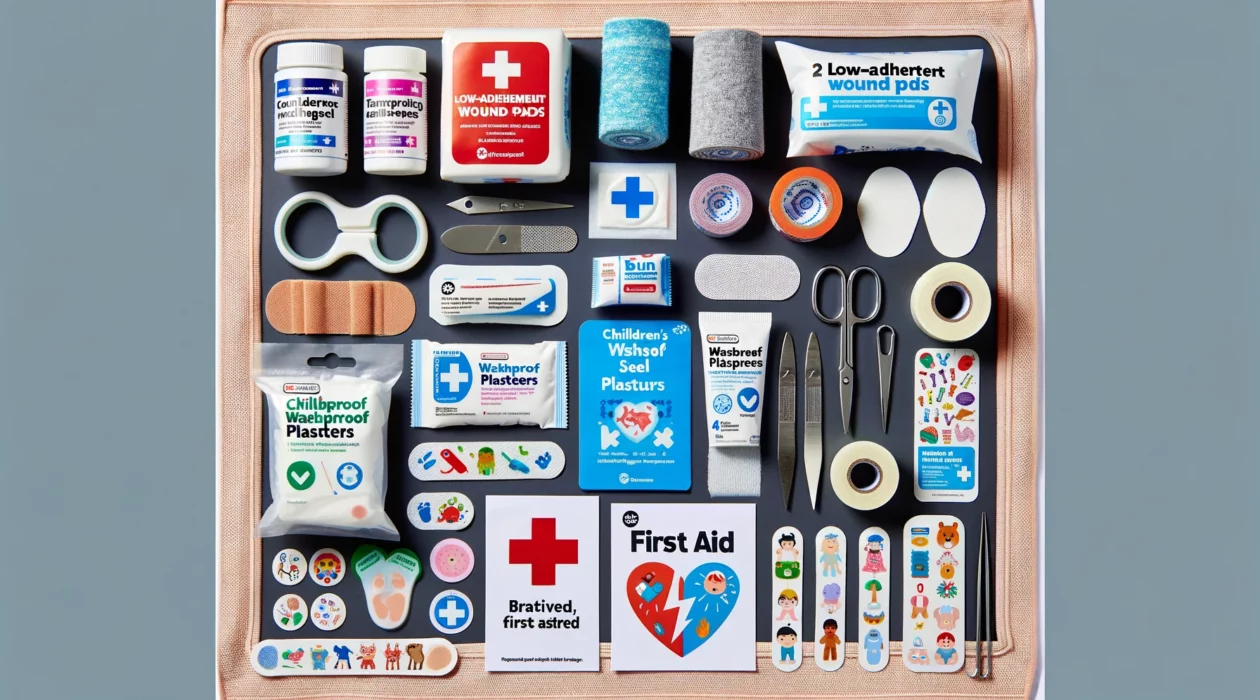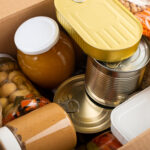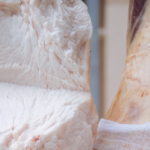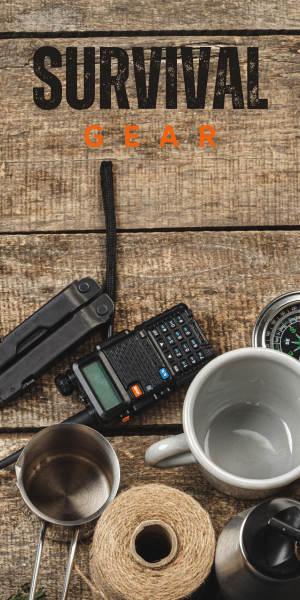You might not think about it every day, but a mini first aid kit is an unsung hero in times of unexpected injuries or health emergencies. Small, portable, and packed with essentials, these kits are a must-have in every household, car, and workplace.
The Essentials of a Mini First Aid Kit
When it comes to preparing for the unexpected, the contents of your mini first aid kit can make all the difference. Let’s dive into what these compact lifesavers should contain.
Basic Supplies
Every mini first aid kit should start with the basics. Items like adhesive tape, elastic wrap bandages, and sterile gauze in various sizes are indispensable. Don’t forget to include items like cotton balls, disposable gloves, and scissors – they’re not just conveniences but necessities in many situations.
- Low-Adherent Wound Pads: These are used for covering wounds. They are designed not to stick to the wound, making them easier to remove.
- Conforming Bandages: These bandages are flexible and are used to hold dressings in place or to support sprains.
- Shears: Useful for cutting bandages, tape, or clothing in an emergency.
- Adhesive Tape: This is used to secure bandages or dressings.
- Burn Gel Sachets: These provide immediate first aid treatment for burns, helping to cool the area and alleviate pain.
- Children’s Washproof Plasters: These are waterproof bandages designed for minor cuts and scrapes, especially suitable for children.
- Unprinted Washproof Plasters, 7cm x 2cm: Similar to the children’s plasters but unprinted, ideal for adults or for larger wounds.
- Elbow/Knee Plasters: These are larger or shaped plasters designed specifically for the elbow or knee area.
- Non-Alcohol Wipes: Used for cleaning around a wound. Non-alcohol wipes are less irritating to the skin.
- Metal Tweezers: Useful for removing splinters or debris from a wound.
- Safety Pins: These can be used to secure bandages or slings.
- Information Leaflet: Provides basic first aid information and instructions.
- Bravery Stickers: Often included in children’s first aid kits as a way to comfort and reward a child after treatment.
Medications
No kit is complete without a range of medications. Pain relievers such as acetaminophen or ibuprofen are essential. Also, consider including antihistamines for allergic reactions and antacids for unexpected heartburn.
Emergency Items
In any emergency, information is as crucial as medical supplies. Including emergency contact numbers and medical consent forms can be a lifesaver. Also, think about adding a small flashlight or a solar charger – these items can be invaluable in power outages or when you’re away from civilization.
Choosing the Right Mini First Aid Kit
Mini first aid kits come in various shapes and sizes. It’s vital to pick one that suits your lifestyle and needs.
Factors to Consider
Consider the size and portability of the kit. If you’re an outdoor enthusiast, you might need something more rugged and comprehensive than someone who needs a kit for the occasional scrape or cut.
Customizing Your Kit
Personalization is key. If you or a family member has specific medical needs, like allergies requiring an EpiPen, ensure these items are included. Also, tailor your kit based on the activities you frequently engage in – a kit for hiking will look different from one kept in your car.
Storing and Maintaining Your Mini First Aid Kit
Location and upkeep are crucial for ensuring your mini first aid kit is effective when you need it most.
Ideal Storage Locations
Your kit should be easily accessible. Store it in a consistent, known location in your home, car, or office. This way, in an emergency, you won’t waste precious time searching for it.
Maintenance Tips
Regularly check your first aid kit. Replace any used or expired items and ensure that all electronics, like flashlights, are functioning. It’s a small effort that can have a significant impact in an emergency.
Special Considerations for Mini First Aid Kits
Tailoring your mini first aid kit to your specific circumstances can significantly enhance its usefulness.
For Different Settings
Consider the environment you’re in. If you live in an area with specific hazards, like venomous insects or plants, include appropriate treatments and tools.
Based on Medical Needs
Take into account the health conditions of those who might use the kit. Having supplies tailored to these needs can make a huge difference in an emergency.
FAQs About Mini First Aid Kits
What are the must-have items in a mini first aid kit?
How often should I check and update my mini first aid kit?
It’s best to review and update your mini first aid kit annually. Replace expired items, restock used supplies, and update any relevant medical information
How often should I check and update my mini first aid kit?
In the end :
Mini first aid kits might be small, but their impact in emergencies is immense. By carefully choosing, maintaining, and personalizing your kit, you ensure you’re prepared for a range of situations. Remember, a well-stocked mini first aid kit isn’t just a convenience; it’s a crucial component of your safety and well-being.














